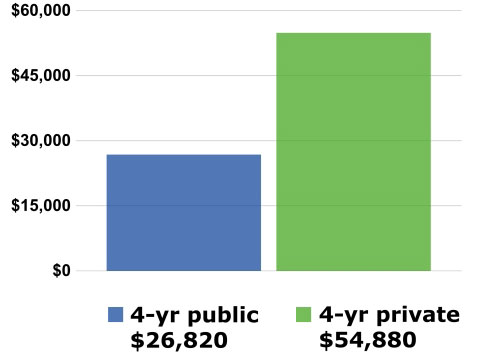ROUTING NUMBER: 307070050
Rest Confident, Your Money is Safe and Secure at Kirtland Credit Union, a message from our President & CEO. Learn More
Mobile Check Deposit is Temporarily Unavailable. We apologize for the inconvenience.
All Kirtland CU branches and locations will be closed on Monday, September 1 in observance of Labor Day.
Fraud Alert: If you receive a call or text asking to verify a fraudulent transaction, do not respond, call unfamiliar numbers, or click suspicious links. Contact us directly using trusted methods.
Use caution if you receive a call, email, or text message that appears to be from Kirtland Credit Union. Don’t click on links or call phone numbers in unsolicited messages. Remember: We will NEVER ask for your online banking access codes, credentials or for you to transfer money.
If you may experience financial hardship related to the government shutdown, we’re here to help. Call 1.800.880.5328 or visit one of our branch locations for more information.

We're Invested
Retirement, investments, financial planning for every stage of life—learn about it all here at Invested,
a blog from your Wealth Management Advisors at Kirtland Financial Services.
a blog from your Wealth Management Advisors at Kirtland Financial Services.


